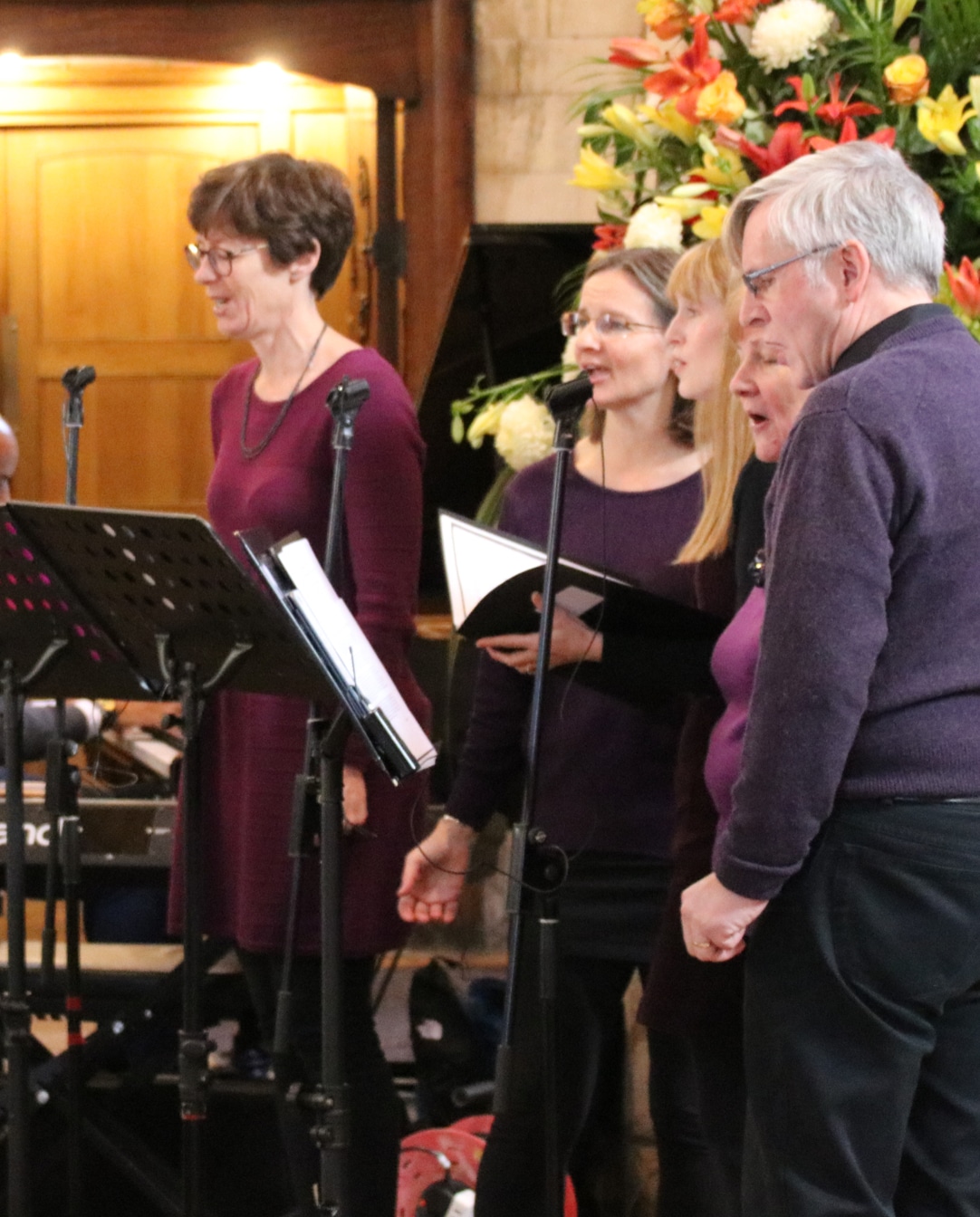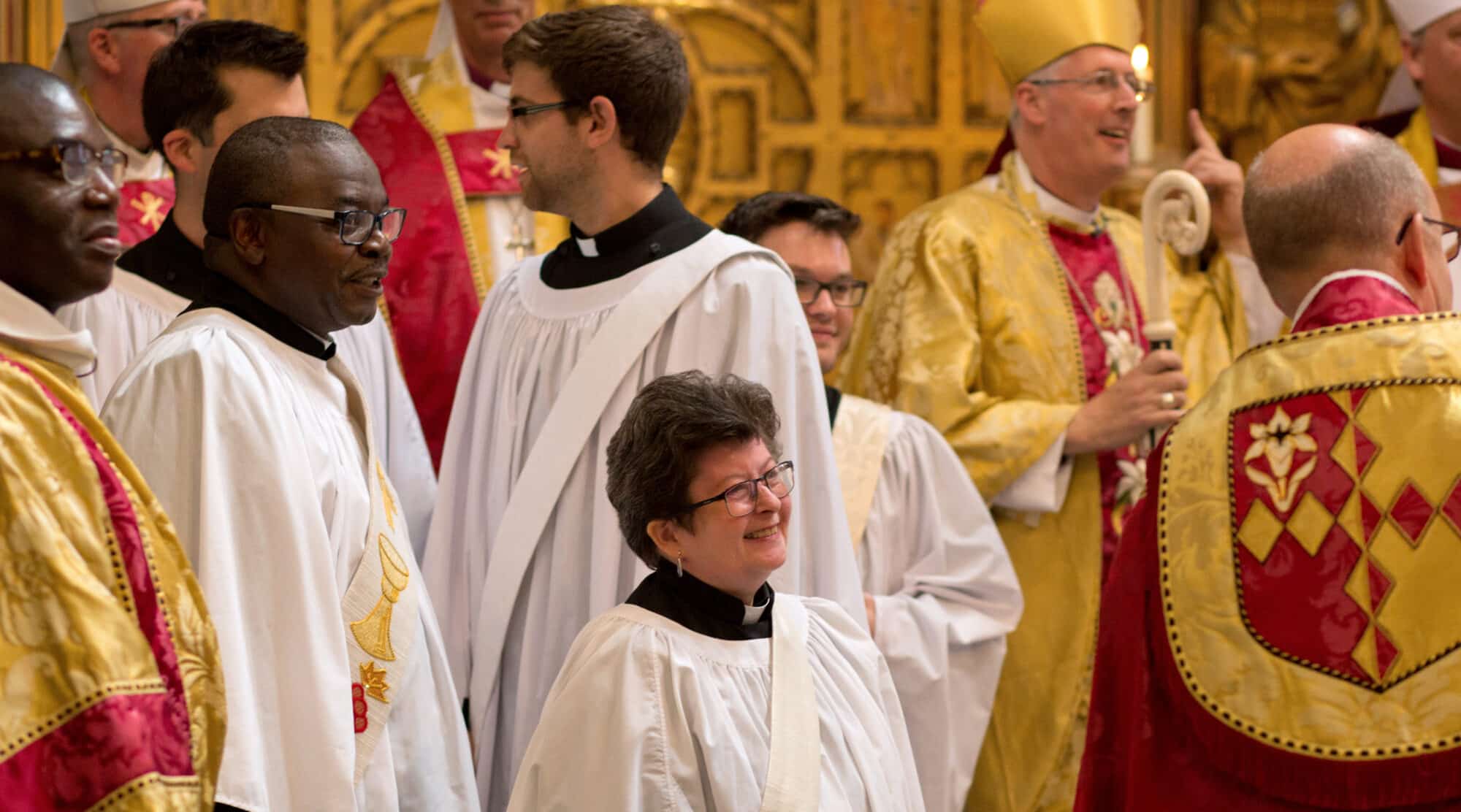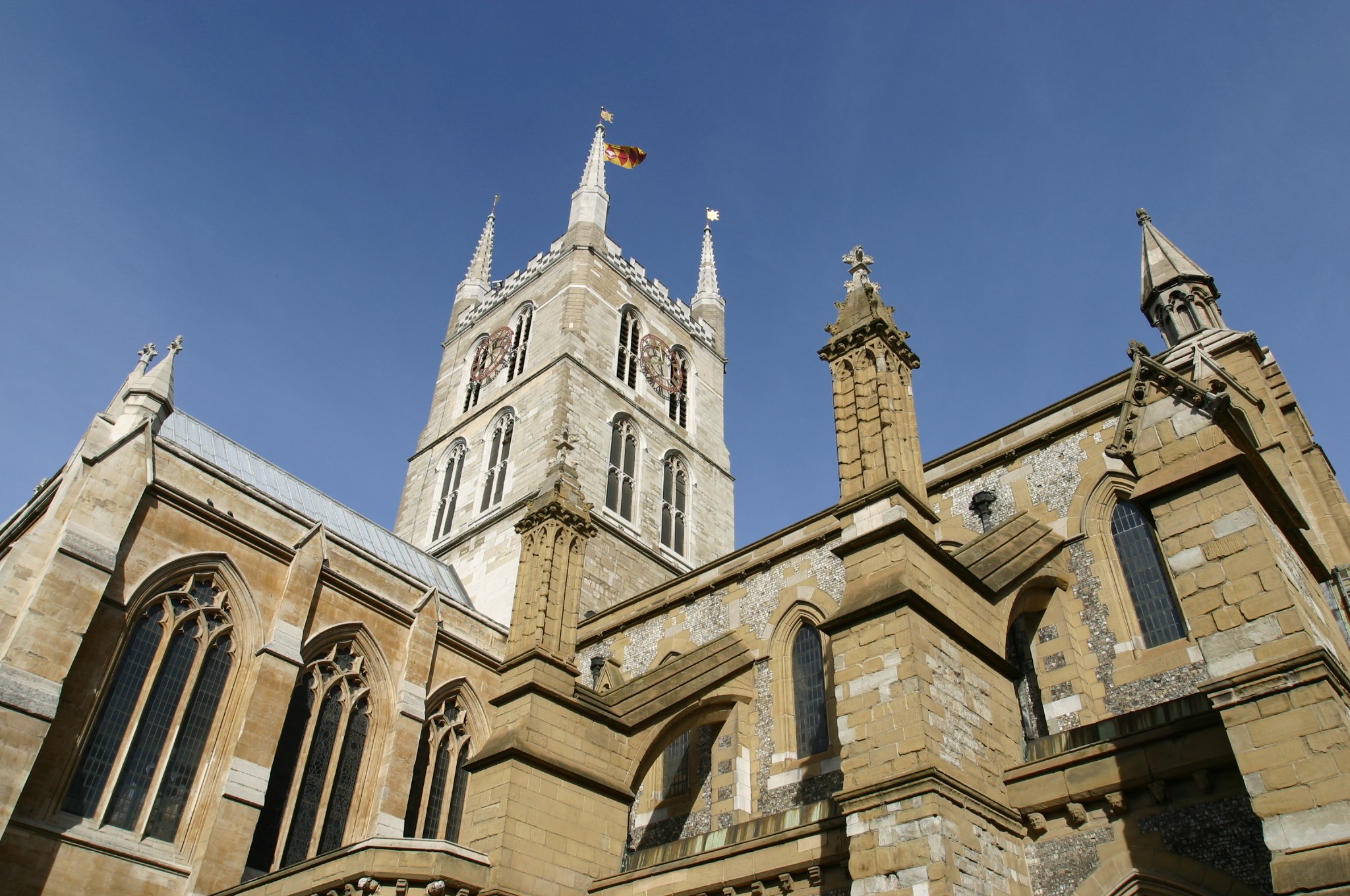In 1106 the church was re-founded as a priory, whose members lived according to the rule of St Augustine of Hippo. The Augustinian Canons created a hospital alongside the church; this was the direct predecessor of today’s St Thomas’ Hospital opposite the Houses of Parliament and originally named in honour of St Thomas Becket who was martyred at Canterbury in 1170.
At the Dissolution of the Monasteries in 1539, the church became the property of King Henry VIII who rented it to the congregation. It was re-named St Saviour’s, although the old name remained in popular usage for many years.
St Saviour’s Church became Southwark Cathedral in 1905, and continues to serve the people of its parish and the Diocese as a centre of teaching, worship, prayer and pilgrimage. As the Mother Church of the Diocese, the Cathedral is at the heart of Diocesan life; alongside its pattern of daily worship within the English Cathedral music tradition, it holds special services to commemorate notable events in the Diocese.
The Cathedral is also active in the local community. It has close links with Lucy Brown House, which offers sheltered accommodation to elderly people, hosts an Al-Anon family group, and was a founder member of the ROBES Project, a church-run winter night shelter for the homeless. It is also part of the Waterloo Foodbank.
Further afield, the Cathedral enjoys a good ecumenical relationship with the Lutheran Cathedral in Bergen, the Roman Catholic Cathedral in Rouen, and with the Anglican Church in Zimbabwe.
For visitor information, services, and more on the Cathedral’s role and history visit cathedral.southwark.anglican.org.





